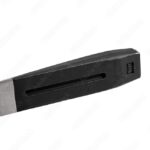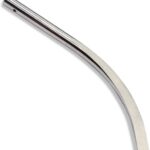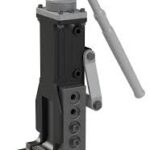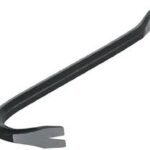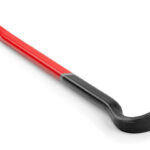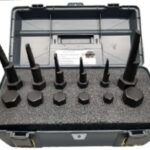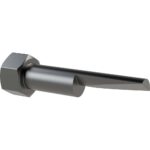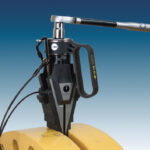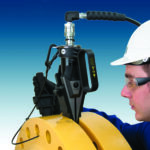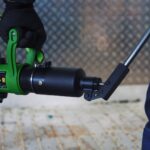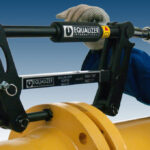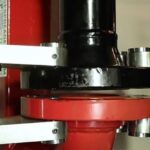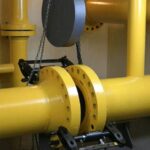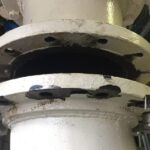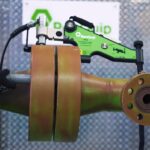Flange Spreader Evolution
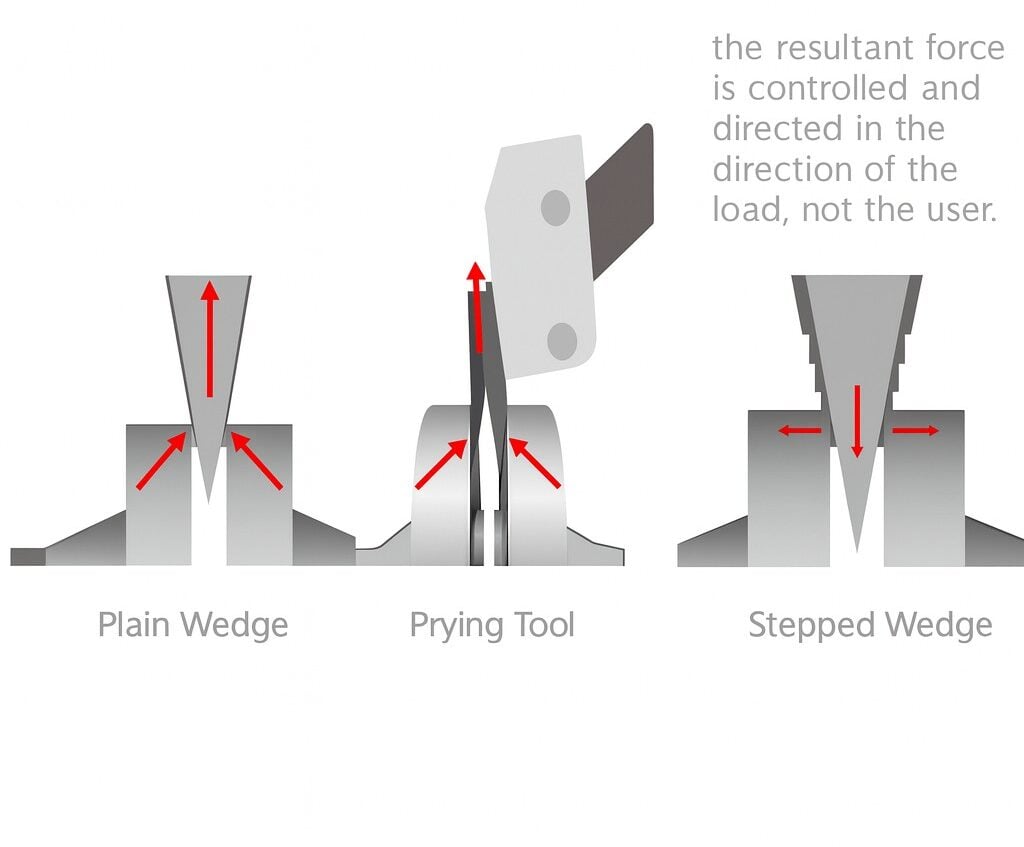
Understanding the evolution of flange spreader technology
Flange separation isn’t just mechanical—it’s governed by physics. From early hammer-driven wedges to today’s precision-engineered hydraulic systems, the evolution of flange spreaders reflects a deeper understanding of force vectors, friction, and energy transfer. ESI Flange Spreader Rentals applies these principles to deliver safe, controlled joint separation in high-pressure environments. Our tools convert linear input into lateral force, leveraging Newton’s laws and mechanical advantage to minimize risk and maximize efficiency. This brief history explores how physics shaped the development of zero-gap, step wedge, and spacer removal technologies—ensuring technicians have the right tools for confined-space pipeline maintenance
Traditional Methods vs. Modernized Methods
Traditional Tools & Methods
The journey to achieving safe and efficient flange tooling has been extensive. It is rooted in a deep understanding of the physics governing the forces and energy involved. It reflects a sensitivity to the safety concerns of workers who must complete their tasks safely before returning home. It is a testament to the engineering prowess that has gone into designing and rigorously testing these devices until they reached perfection. Let’s explore some of the conventional methods used in various industries, along with the potential risks associated with them.
Striking Wedge
The Striking Wedge (Images Above): This method, despite its simplicity, carries inherent dangers. The use of a wooden or metal wedge, combined with a pry bar, can lead to serious injuries. The wedge can be forcefully ejected, and the pry bar can recoil, striking the worker. Moreover, metal wedges can create sparks, posing an explosion risk in the presence of gas.
Banana Wedge
Prying Tool
The Prying Tool, depicted in the image above and the middle illustration, remains popular due to its simplicity and affordability. However, its reliance on a slender metal tongue is a design flaw that makes it highly susceptible to breakage and ejection, given the directional forces at play during flange spreading.
Crowbar
The Crowbar have been employed for separating joints and prying things open, there are indeed limitations and risks associated with their use. Crowbars’ slender ends allow them to fit into tight spaces, making them useful for prying. However, this very slimness can also be a drawback. It means that the force applied is concentrated over a small area, which can lead to localized damage or deformation. They’re sometimes used beyond their intended capacity. Applying excessive force can result in injury or damage.
Flange Alignment Pins
Flange alignment pins are straightforward and widely used tools for aligning flanged joints. They resemble bolts, tapering to a pointed end. While they offer a safer and more efficient alternative to crowbars, they have notable limitations that can lead to significant challenges. These tools are both time-consuming and labor-intensive to use. Additionally, each bolt hole size requires a specific corresponding pin, making transportation between tasks cumbersome. Commonly reported issues include gasket damage, leaks, and joint failures.
Modern Methods & Technology
The advancement of flange tooling technology has been a lifesaver, revolutionizing the service industry like never before. Firms dedicated to the safety of their workforce are on a constant quest for superior technologies and reliable partners. At ESI, we stand firm in our commitment to safety, refusing to endorse tools that compromise worker security. Let’s discuss how we can enhance the safety and efficiency of your team with our trusted solutions.
Step Wedge Flange Spreaders
The step wedge flange spreader is ingeniously designed to ensure safety and efficiency. Instead of exerting forces in opposing directions (north to south), it pushes the jaws from east to west. This clever arrangement eliminates the risk of incidents arising from conflicting forces.
Flange Spreaders with Integral Pump
The introduction of Step Wedge Flange Spreaders with Integral Pump, a brainchild of the now-defunct Equalizer International from the 1990s, has addressed nearly all the prevalent issues associated with flange spreading tasks. This technology is now widely recognized as the safest and most effective method for spreading flanges of any size and is gradually being adopted by new market players.
Zero Gap Flange Spreaders
Perhaps the most revolutionary development was the, SG Flange Spreader series, bolt-hole spreading technology, also an Equalizer International innovation. This cutting-edge approach negates the need to insert any tools between the flange faces. Instead, it employs a set of collets within the bolt holes to latch onto the flanges, which are then separated using a clever lever or hydraulic cylinder mechanism.
Valve/Spacer Removal Flange Spreaders
The Valve Removal Tool is a specialized instrument designed for operators who need to perform valve replacements with utmost precision and control.
Bolt Hole Flange Alginment Tools
This innovative design enables the tool to be placed into a specific bolt hole, with its wing extending to the neighboring flange. By harnessing gravitational forces, it realigns the pipes, turning a previously hazardous and labor-intensive task into a safer and more efficient process.
Available in both hydraulic and mechanical models, the tool accommodates joints of any size and significantly reduces the time required to complete the task.



